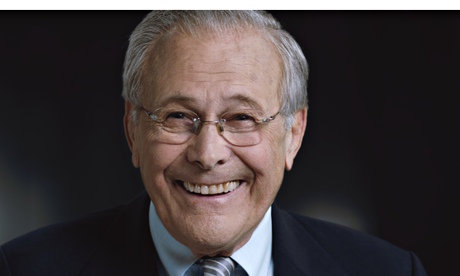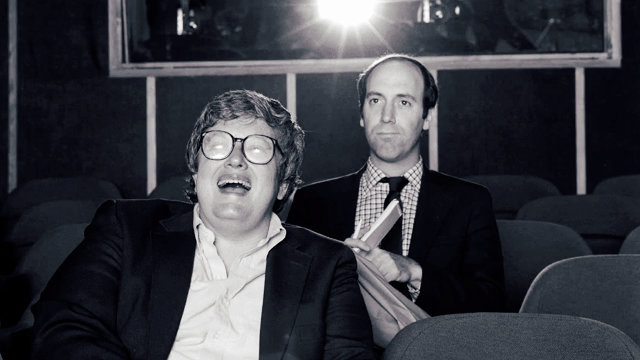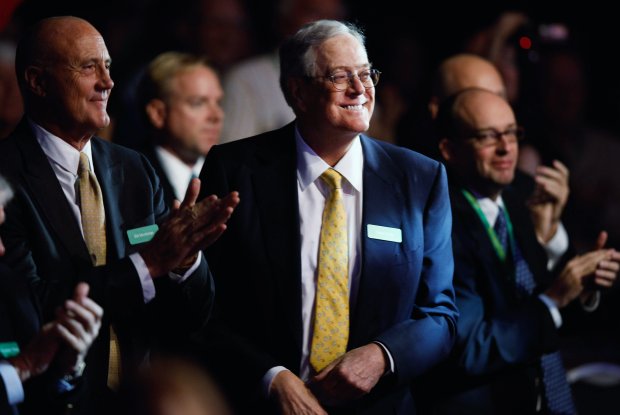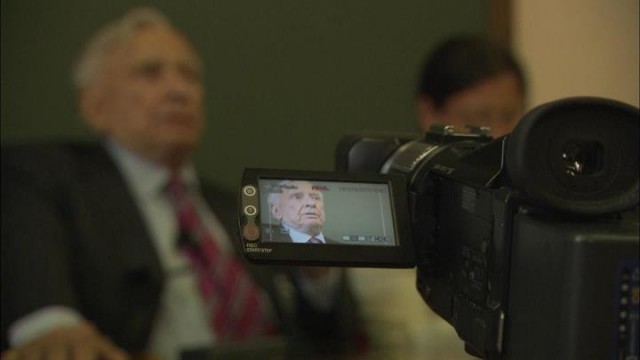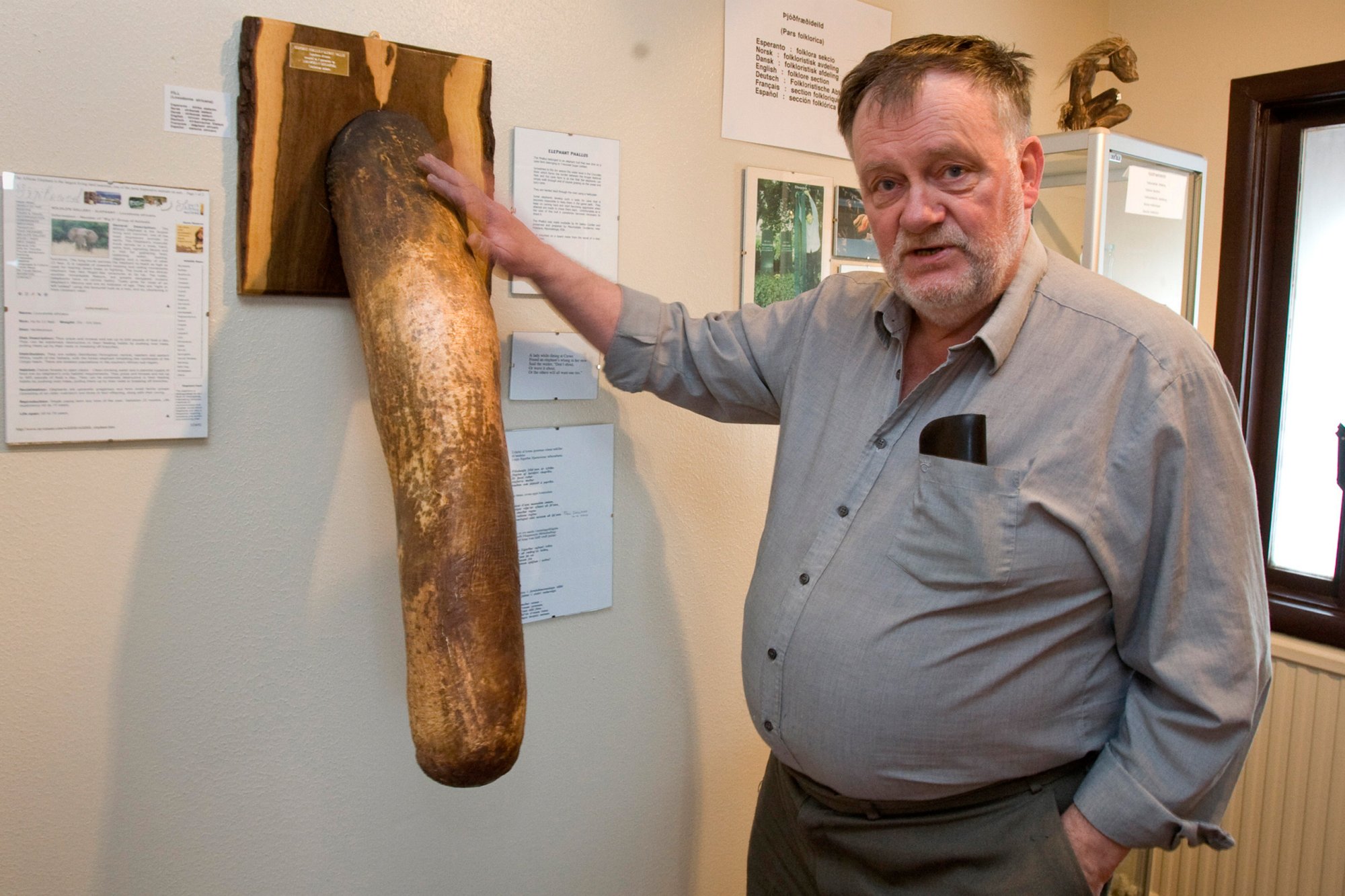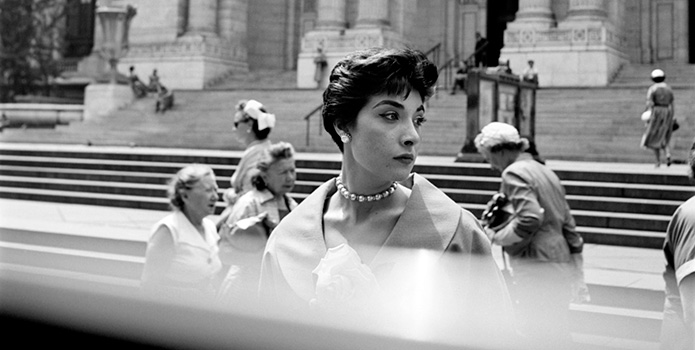The documentary Tim’s Vermeer tells the story of Tim, an accomplished technologist with plenty of money and time on his hands, who comes across the theory that the 17th century Dutch master Johannes Vermeer used optical devices to paint. He embarks upon an experiment to prove this theory plausible. He invents an optical device, grinds his own paints, recreates Vermeer’s studio and spends four months trying to copy Vermeer’s The Music Lesson. Tim, it turns out, is a buddy of the magicians Penn and Teller, so the whole thing has become a film (produced and narrated by Penn and directed – inartfully – by Teller).
There’s one captivating moment in Tim’s Vermeer, when Tim – who is NOT a painter – tries out his Rube Goldberg mirrors with his first ever oil painting. Tim takes a photo of his father-in-law as a young man and completes an astonishingly perfect copy in oils.
Apart from this moment, Tim’s Vermeer is a yawner. Although only 80 minutes long, the four months of painting seems like four years. The film’s content could have been stretched into a 30-minute cable show. Several critics have been unable to resist pointing out that watching Tim’s Vermeer is, in parts, LITERALLY watching paint dry.
The movie makes one intriguing point: the idea that art and technology are separate is a modern one. Now people go to school to learn art OR tech – which wasn’t the case in Vermeer’s time and may not need be today. It’s interesting to me that, in Tim’s Vermeer, artists were comfortable with the idea that the old masters used technology, but art historians were not. It didn’t occur to the artists that the use of technology would diminish Vermeer’s artistic genius, but the art historians felt the need to be defensive of Vermeer. Hmmm.
Tim’s Vermeer is available on DVD from Netflix and streaming from Amazon, iTunes, YouTube, Google Play and Xbox Video.
SPOILER ALERT: Tim does paint a reasonable facsimile of The Music Lesson, but it has a paint-by-the-numbers feel and doesn’t have the mesmerizing quality of a real Vermeer.

